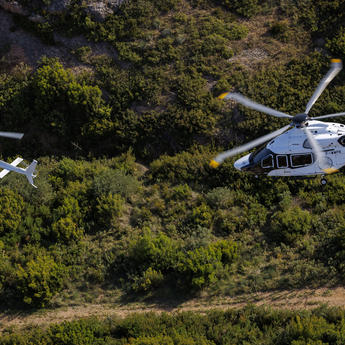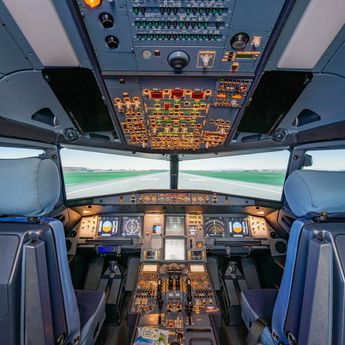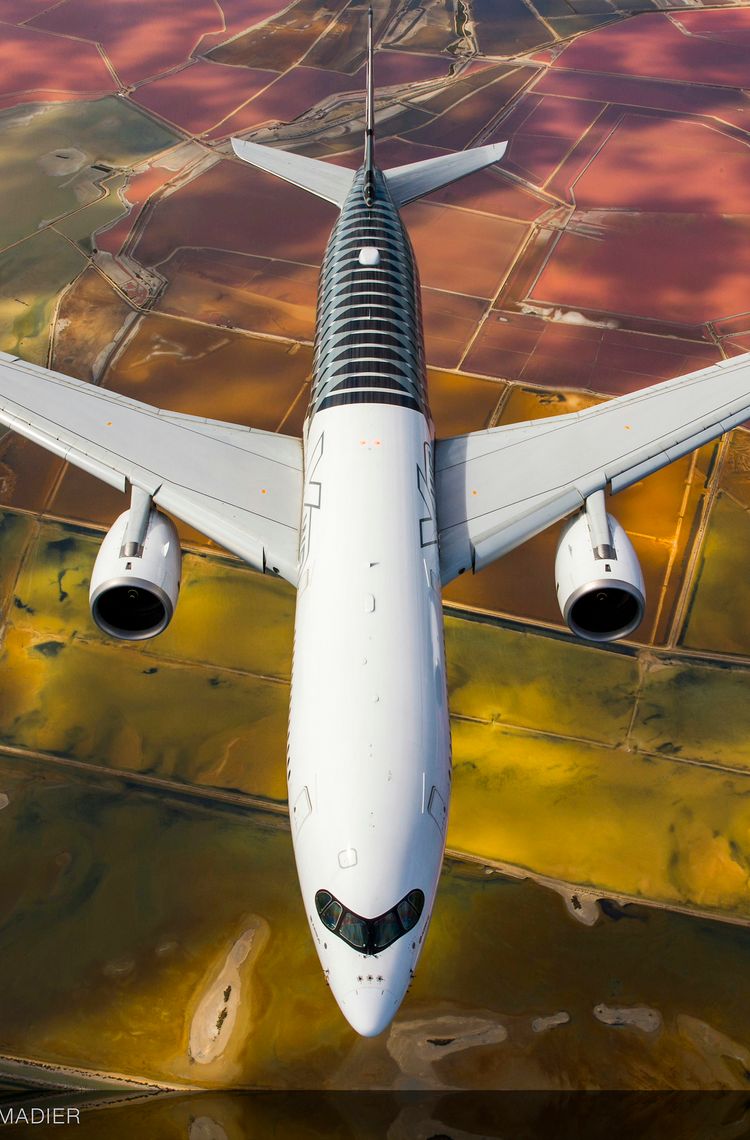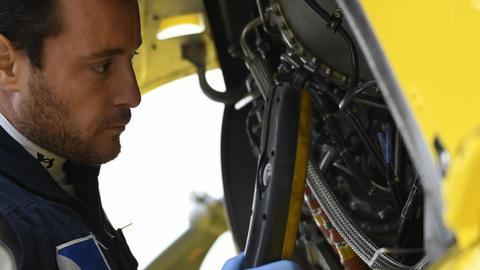By taking advantage of the most innovative technology developed for the latest aircraft families like the Airbus A350, and applying that technology to all commercial aircraft in the range, Airbus is going above and beyond regulatory requirements to enhance safety. Called “Safety Beyond Standard,” this initiative marks the latest step in our continuous improvement approach to safety.
One of the initiative’s current objectives is to raise other Airbus fly-by-wire family aircraft to the latest technology level in terms of operational capability, assistance to flight crews, and resilience capability of the aircraft against abnormal conditions.
The Safety Beyond Standard strategy will notably help in mitigating the major safety risks (Loss of control in-flight (LOC-I), Controlled flight into terrain (CFIT) & Runway excursion (RE)).
For example, to mitigate the risk of Loss of control in-flight, these safety design enhancements developed for the fly-by-wire fleet are the following:
- Enhanced autopilot1, flight directors2 and autothrust3 availability:
Pilots rely on the autopilot, because this is a system which is key to reduce workload for pilots. If the autopilot is managing the direction and keeps the aircraft at a given altitude, the crew has the mental capacity to focus on other tasks while handling an abnormal situation. But the autopilot system has its limits. In case of sensor failure it hands back the control of the aircraft to the pilots. The A350 was the first Airbus aircraft to introduce an autopilot which could compensate for system and sensor failures and remain in control. Since 2020, Airbus is progressively upgrading the A320 and A330 fly-by-wire systems to this capability. - Enhanced flight envelope protection availability:
Flight envelope protection is a standard feature on modern fly-by-wire commercial aircraft. It is in use by all major manufacturers worldwide. In a very simplified way, the system is much similar to an Anti-Lock Braking System (ABS) or traction control system on a car. The aircraft’s flight envelope corresponds to the various critical operational limits, beyond which its controllability and the structural integrity may be at risk (low or high airspeeds, maximum aerodynamic lift & angle-of-attack, flight attitudes, etc.). The purpose of flight envelope protections is to allow the best aircraft performance and control authority while minimising the risk of over-controlling, losing control, overstressing, or damaging the aircraft. In case of a malfunction, the flight envelope protection degrades following a predefined sequence - going from the so-called “normal law” to “alternate law”. The pilot then manually has to keep in mind the limits of the aircraft and avoid overstress or overspeed. Since 2020, the latest safety technology enhancements have been brought to all members of the fly-by-wire family, with more alerts and protections available even in alternate law. - Enhanced flight crew interface:
Anemometric data is key to indicate the speed of the aircraft versus the ambient air. But there are other sources which could be used as well as a reference in case the anemometric data is lost. The so-called digital Back Up Speed system (link opens external video) is an example of how the airspeed could be calculated by using the Angle of Attack sensors, weight and load factor. Available on all Airbus aircraft since 2021, this provides the crew with basic information on airspeed when using nominal sensors is not possible anymore.
Safety Beyond Standard aims at developing incremental safety bricks not only for new aircraft but providing a retrofittable solution for the existing fleet.
1 Autopilot = the guidance (e.g. altitude/heading) is made automatically through the flight controls
2 Flight directors = the guidance is displayed on the PFD by 2 bars (vertical & horizontal) but the pilot has to manually move the sidestick to follow them
3 Autothrust = automatic speed or thrust control based on pilot demand
More Safety stories
Continue Reading

Aviation safety through collaboration: Inside Destination 10X
Web Story
Safety
Destination 10X is a platform dedicated to enhancing safety across the aviation industry, organising regular regional workshops to discuss best practices.
Greater maintainability for improved safety for helicopters
Web Story
Safety

Creating a community of mentors to support the next generation of pilots
Web Story
Helicopters

What is a Full Flight Simulator?
Web Story
Commercial Aircraft

Flying with lithium ion batteries in passenger luggage
Web Story
Safety

